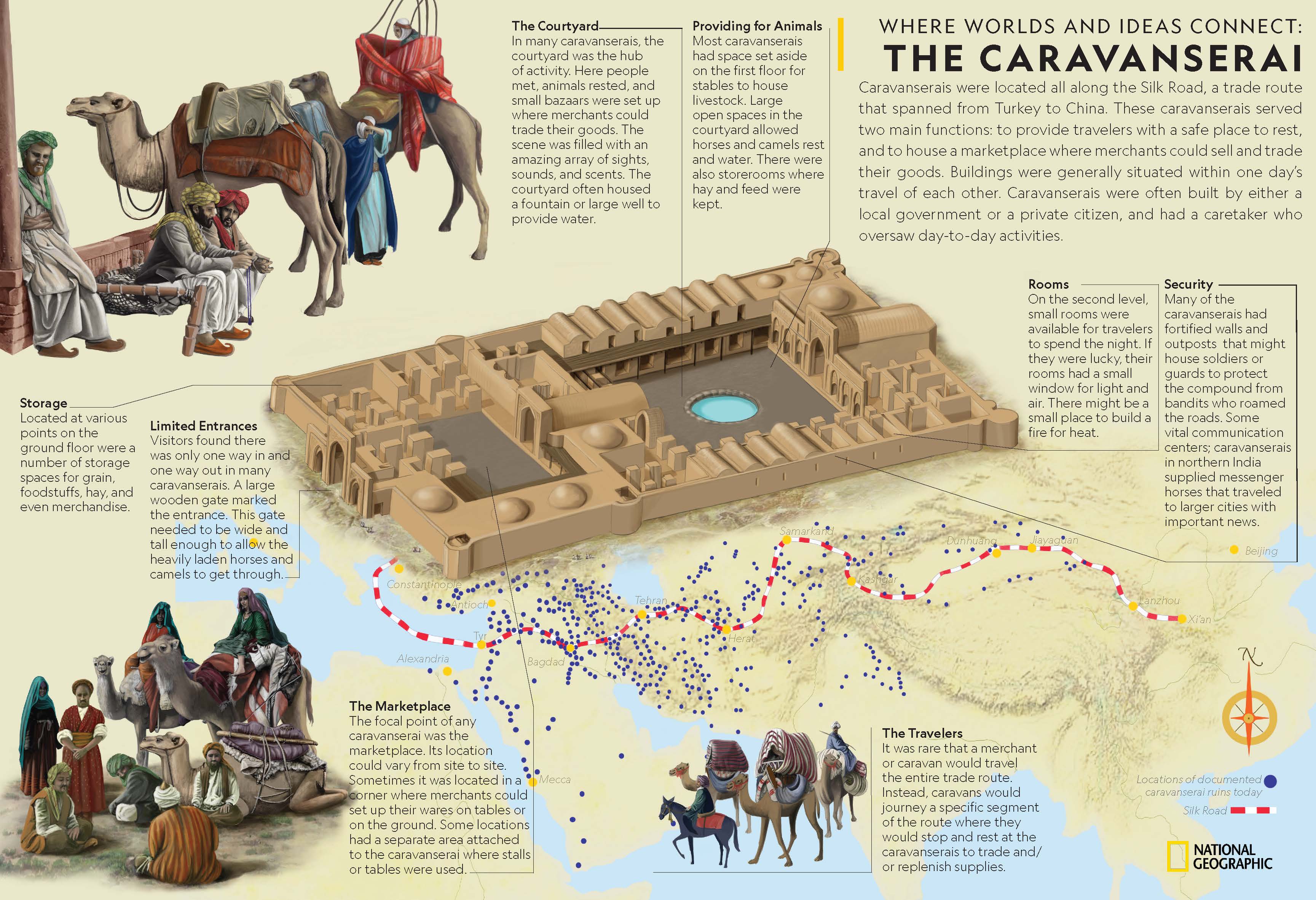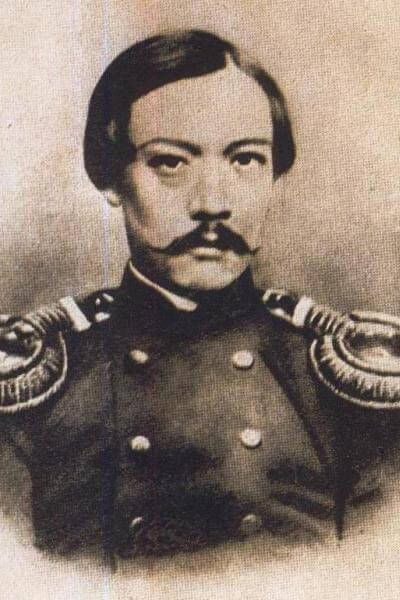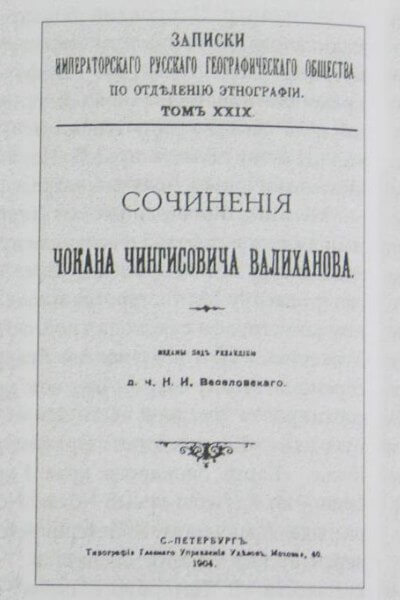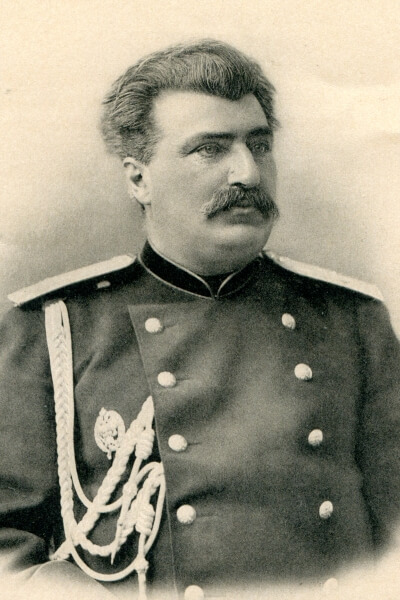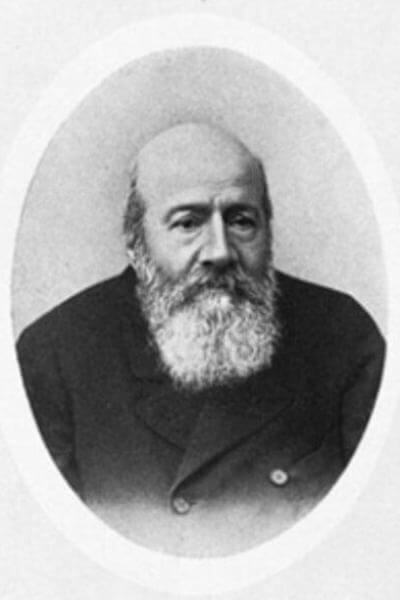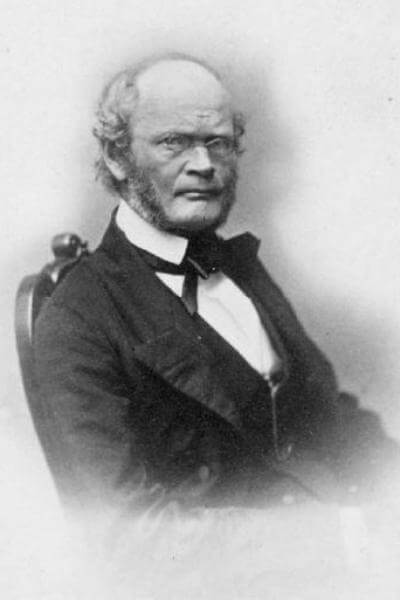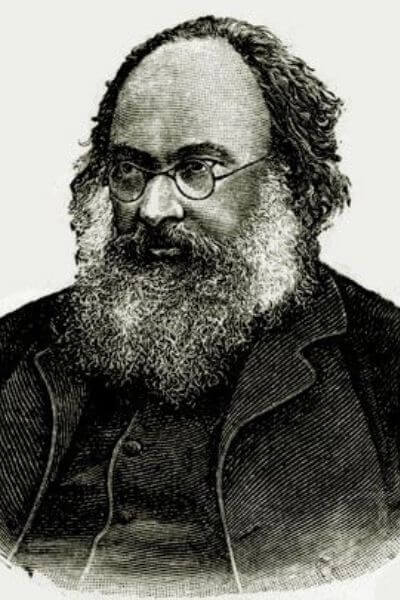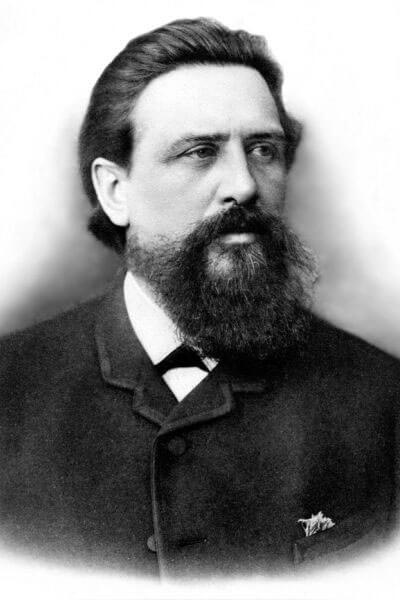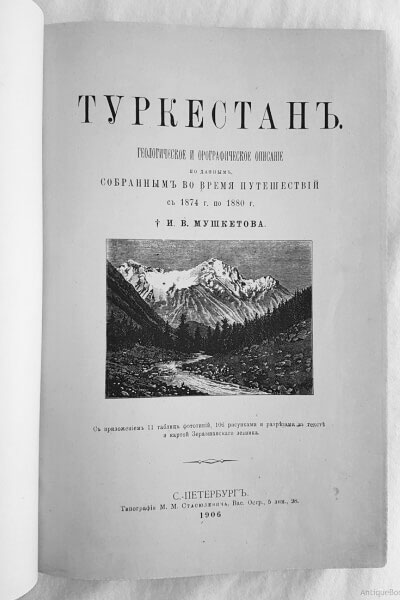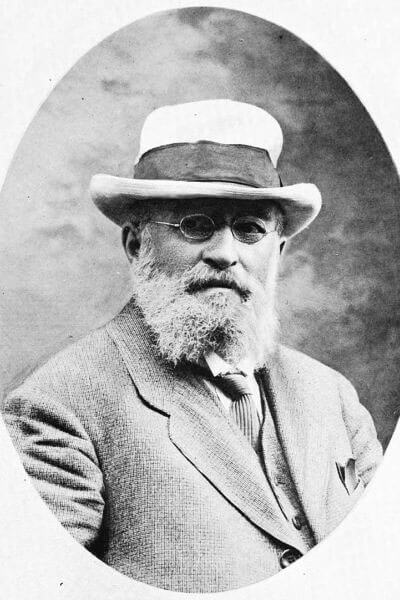The history of Altyn-Emel is inextricably interwoven with the great names of history who visited these places in their time.
The great conqueror Genghis Khan passed through Altyn-Emel during his campaign in Central Asia in 1219. He is believed to give the name to this place ("Altyn-Emel" means "golden saddle" in Mongolian).

The name "Altyn-Emel" is Mongolian, meaning "golden saddle". It is believed that it was Genghis Khan (about 1155 or 1162 - 1227) who gave this name to the pass in the form of a saddle, which sparkled in the golden rays of the setting sun.
Genghis Khan is also associated with such natural and cultural sites as the Singing Dune, the 700-year-old willow and Oshaktas, but it is nothing more than beautiful legends. There is no reliable information about the presence of the Mongol conquerors in this region. However, the following arguments can be made in favor of this fact:
1. Historically, the territory has a Mongolian name.
2. Geographically, Altyn-Emel was on the way to the cities of Semirechye, where Genghis Khan was going to, and the Mongol army must have passed this territory.
3. The warriors of Genghis Khan were famous for their mobility and speed, so they could hardly leave any significant traces here, moving to the Central Asian cities. the goal of their conquest campaign in 1219.
From the second half of the 19th century onwards, Altyn-Emel, being the part of historical area of Jetysu, or Semyrechye ("the area of seven rivers"), has attracted many explorers, geographers, botanists and zoologists.
Thanks to the entire galaxy of outstanding scientists, these lands have been duly studied and explored.
1840 - 1843
Famous scientists Schrenk, Karelin and Kirilov worked in Semirechye: many representatives of the local flora and fauna are named after them (for example, the famous Schrenk's spruce).
1840 - 1843
1849 - 1851
Vlangali, an outstanding geographer, traveled to Semirechye and Dzhungarian Alatau, collecting detailed information about the nature of the valleys of seven rivers - Ayaguz, Lepsy, Karatal, Ili, Aksu, Bien, Koksu. When describing his expedition, he was the first to mint the scientific term "Semirechye" ("Seven Rivers").
1856 - 1857
For his great scientific research, the prominent geographer Pyotr Semyonov was later awarded a second surname, Tian-Shansky, for the fundamental study of Tien Shan.
1856 - 1857
1856, 1859
Shokan Valikhanov, a great Kazakh scientist, was the head of famous Russian expedition to Kashgaria. During his short lifetime he managed to collect a lot of important ethnographical and geographical information. Valikhanov passed Altyn-Emel with his caravan, and one of the springs in the Altyn-Emel desert was then named after him.
1864, 1867 and 1879
Nikolai Severtzov, a worthy successor to Semenov-Tian-Shansky, a polyhistor, zoologist, botanist and geologist, worked in Semirechye. Many representatives of the animal world are named after him (for example, Severtzov's stone loach listed in the Red Book).
1864, 1867 and 1879
1874 - 1880
Ivan Mushketov, an outstanding geographer, visited Semirechye, made a geological and orographic description of Central Asia and compiled the first geological map of the whole Turkestan region.
1876 - 1878
Albert Regel, a famous botanist, did a significant research of the fauna and flora of this area. Many representatives of the vegetal world bear his name - for example, the Albert's tulip listed in the Red Book.
1876 - 1878
1876 - 1877
Nikolai Przewalski, a famous geographer, came to Semirechye for the first time and later engaged himself with the study of Tien Shan. The last remaining species of a real wild horse on earth, the Przewalski's horse, is named in his honor.
1876
At the same time, the Bremen scientific expedition, headed by Dr. Finsh, visited Semirechye. One of its members was the famous German traveler and naturalist Alfred Brehm, the author of "The Life of Animals", the world famous book series.
1876
1879
Sergei Alferaky, a prominent entomologist, discovered many new species of insects (butterflies) in Semirechye. The Alferaky's toad agama in Altyn-Emel (a restricted-area Red Book species) is also named in his honor.
This is far from a complete list of the names that have left their mark on the history of Semirechye and Altyn-Emel. Hundreds of famous and little-known researchers have studied this rich region.
Altyn-Emel is part of the Semirechye section of the Silk Road, which connected the Roman Empire with the Han Empire. Numerous trade caravans passed through its territory for many centuries, leaving traces in the form of artifacts that are still waiting for their discoverers.
